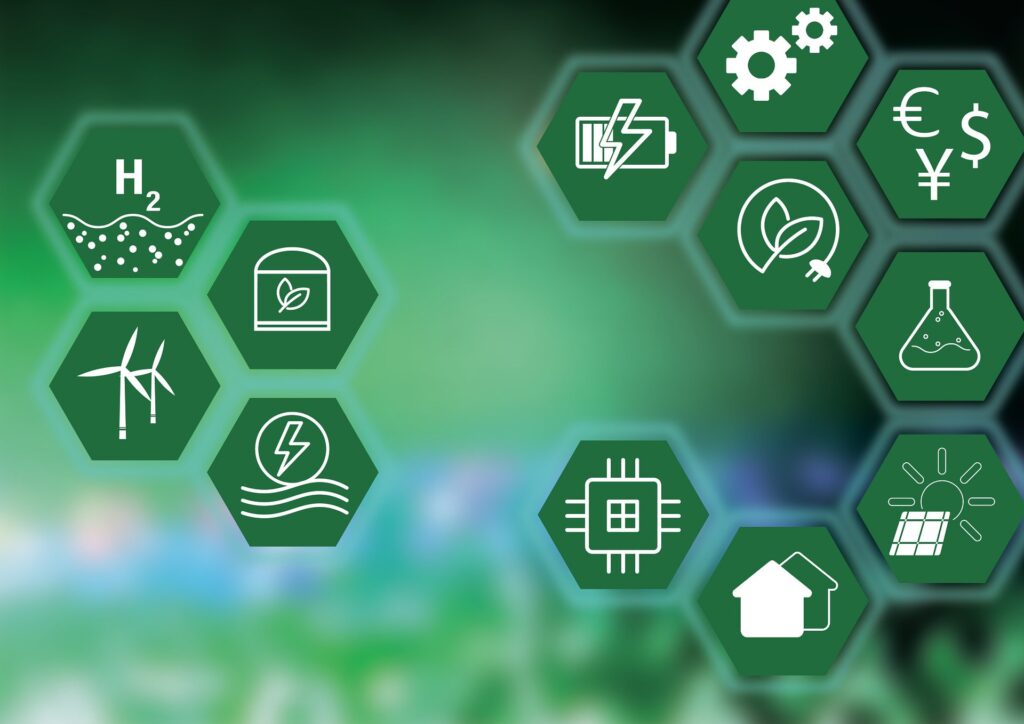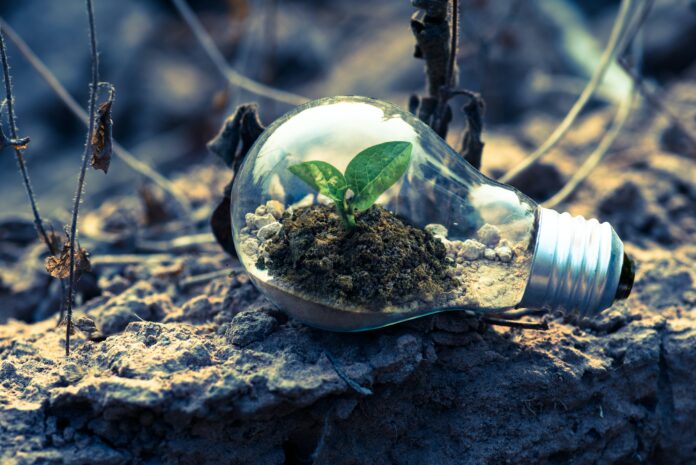Hot conversation
Hydrogen is the latest big thing in conversations about renewable energy sources. Unfortunately, generalized and vague discussions on hydrogen have made it difficult to see where the plans are stained. Before deep-diving into hydrogen, we need to differentiate between clean/green hydrogen, blue, and grey hydrogen.
When we hear about ambitious plans regarding clean/green hydrogen, only then should we be cheerful. This is the only type of hydrogen that is produced using clean energy sources and is considered zero-emission hydrogen. Energy sources for its production are solar, and wind for splitting water into hydrogen and oxygen, often referred to as electrolysis.
Blue and grey hydrogen are similar: they rely on fossil fuels as their energy sources, such as natural gas or coal, because the two main production methods are steam methane reforming and coal gasification. Blue hydrogen is slightly different: its emissions are sequestered using carbon capture and storage (CCS). Unfortunately, grey hydrogen accounts for roughly 95% of the currently produced hydrogen.
Replacing used fossil fuels with hydrogen could significantly reduce global carbon emissions currently attributed to industry, perhaps by as much as 20%. In the steel industry, hydrogen could replace coal, which is now used to generate heat and refine iron ore. The byproduct is not CO2 but water vapor. The road is, however, a bumpy one.
While batteries dominate the electric vehicle market now, some companies are betting that hydrogen fuel cells will be a better choice than batteries for heavy vehicles, such as trucks, ships, and possibly even aircraft.
Promoting innovation
The discussion is taking place all around the world. “The European Union has set the most ambitious goal: building electrolyzers capable of converting 40 gigawatts of renewable electricity into hydrogen by 2030. It’s made hydrogen a central component of its Green Deal plan, envisaging as much as 470 billion euros ($560 billion) of public and private investments by 2050 in the hope of kickstarting a global hydrogen market,” – according to Bloomberg.com.
Of course, on the flip side, in the Green Deal plan, decision-makers make it clear that currently, clean hydrogen is not as profitable as its counterparts. The Mission Innovation project of the European Union aims to “accelerate the development of a global hydrogen market by identifying and overcoming key technology barriers to the production, distribution, storage, and use of hydrogen at gigawatt scale.” As part of Mission Innovation, the Mission Innovation Hydrogen Valley Platform seeks to incentivize global collaboration and serve as a go-to platform for all information on large-scale hydrogen flagship projects.

In its strategic vision for a climate-neutral EU published in November 2018, the share of hydrogen in Europe’s energy mix is projected to grow from less than 2% to 13-14% by 2050. Large-scale deployment of clean hydrogen at a fast pace is critical for the EU to achieve a higher climate ambition. And again, it is essential to highlight the word “clean.”
Europe’s Clean Hydrogen Partnership also plans to ensure that funding from various instruments is channeled to the right places by building a centralized database connecting the European Commission with the Member States and supporting researchers and policymakers.
Clean hydrogen made with wind and solar electricity could become the cheapest form of what even the Australian government has described as a “transformative fuel” much faster than expected, analysts believe.
Hydrogen has a strong potential as a vector for renewable energy storage, alongside batteries and transport. Since start-ups are significant players in innovations, we wanted to see if their work is somehow incorporated into industrial use and whether they have attracted attention from the private sector.
Accelerator programs by the private sector
Snam, the leading Italian operator for transporting and dispatching natural gas in Italy, currently produces hydrogen from natural gas, which is not environmentally friendly. However, with its program, the Hyaccelerator, Snam aims to generate discussion around innovative hydrogen start-ups and their solutions. The Hyaccelerator program provides an excellent opportunity for start-up leaders to gain support for their work in the field. The program is dedicated to players along the hydrogen value chain, from transportation to storage and end uses.
It is essential to seek new solutions and potentially make clean hydrogen use a reality on a larger scale. Snam also collaborates with the Bruno Kessler Foundation, which develops studies on technologies destined to revolutionize clean hydrogen production in the near future, making it an integral part of the long-term solution for a carbon-neutral energy system.
We must recognize that not all hydrogen is created equal. Producing clean hydrogen and upscaling its use to make it profitable should be prioritized for it to be one of our environmentally-friendly energy sources.



